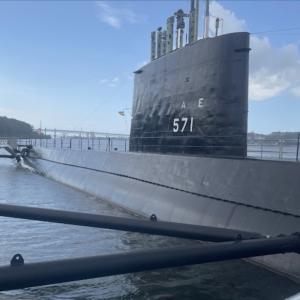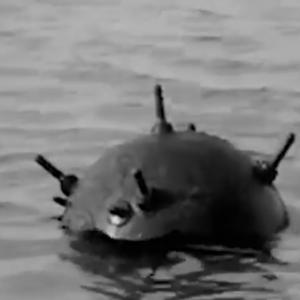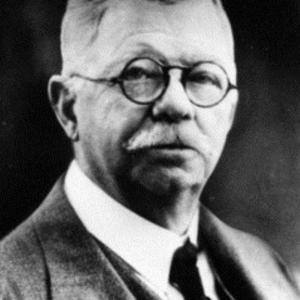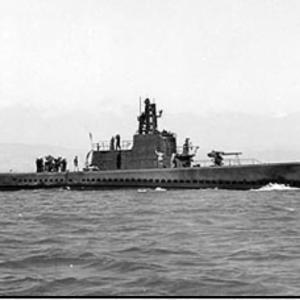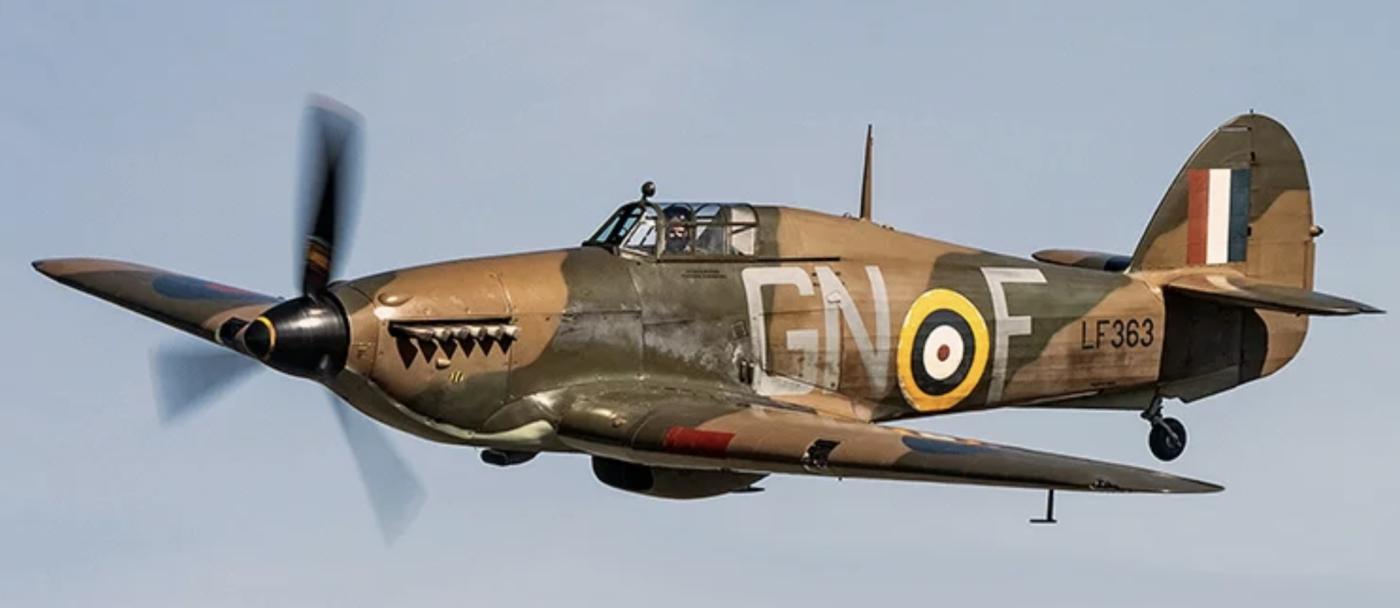
Hurricane fighter plane
The Hawker Hurricane was one of the most critical aircraft of World War II, often overshadowed by the more glamorous Supermarine Spitfire but nonetheless essential to Britain's air defense. As the first monoplane fighter to enter service with the Royal Air Force (RAF), the Hurricane played a decisive role during the early years of the war, particularly in the Battle of Britain. Its blend of proven technology, robust construction, and reliable firepower made it a formidable opponent in the skies.
The Hurricane was designed by Sydney Camm, an accomplished British aircraft designer who worked for Hawker Aircraft Limited. Camm began designing the Hurricane in the early 1930s as a private venture to develop a modern monoplane fighter to replace the aging biplane designs still in RAF service. The aircraft was heavily influenced by earlier Hawker biplane fighters, such as the Hawker Fury, but incorporated more advanced features like a retractable undercarriage and enclosed cockpit. Camm’s vision aligned with the RAF’s move toward modernization, and the Air Ministry issued Specification F.36/34, which paved the way for a production order.
The Hurricane was constructed using a combination of traditional and modern techniques. Its fuselage was built on a welded steel tube framework covered in fabric, a familiar technique for British aircraft manufacturers of the time. The wings, on the other hand, featured a more modern metal structure. This hybrid approach made the aircraft relatively easy to manufacture and repair, even in field conditions. The initial prototype, known as the K5083, first flew on November 6, 1935. After successful testing, full-scale production commenced at Hawker’s Kingston-upon-Thames facility.
Production of the Hurricane ramped up quickly in response to rising tensions in Europe. A total of approximately 14,583 Hurricanes were built between 1937 and 1944, serving with air forces around the world. While most were produced by Hawker, some aircraft were also manufactured by the Gloster Aircraft Company and Canadian Car and Foundry. The latter produced around 1,400 Hurricanes in Canada, many of which were shipped to the Soviet Union under the Lend-Lease program. The aircraft saw combat in nearly every theatre of World War II, including Europe, North Africa, the Middle East, India, and the Pacific.
The Hurricane was powered by a Rolls-Royce Merlin engine, the same powerplant used in the Spitfire and later in the American P-51 Mustang. The Merlin engine gave the Hurricane a top speed of around 340 mph and a service ceiling of 36,000 feet. Its range was approximately 450 miles. While not as fast or agile as the Spitfire, the Hurricane's more stable gun platform and superior turning ability at lower altitudes made it especially effective against enemy bombers.
Armament configurations varied across Hurricane variants, but the original Hurricane Mk I was equipped with eight .303 inch (7.7 mm) Browning machine guns mounted in the wings. This heavy armament gave the Hurricane substantial firepower for its time and made it especially deadly against the lightly armored bombers of the Luftwaffe. Later variants, such as the Hurricane Mk IIC, replaced the machine guns with four 20 mm Hispano cannons, significantly increasing the aircraft’s hitting power. Other versions were equipped to carry bombs or underwing rockets, transforming the Hurricane into a capable fighter-bomber and ground-attack aircraft.
The Hurricane proved instrumental during the Battle of Britain in 1940. Of the 1,963 RAF fighters available at the start of the battle, over two-thirds were Hurricanes. Although the Spitfire often engaged enemy fighters, the Hurricane bore the brunt of bomber interceptions, accounting for more than 60% of the RAF’s air victories during the battle. Its ability to absorb battle damage and still return home gave it a reputation for ruggedness and reliability among pilots.
As the war progressed and faster, more advanced aircraft came into service, the Hurricane was gradually phased out from frontline duties in Western Europe. However, it remained in widespread use for ground attack roles and in less demanding combat zones. Its adaptability, proven design, and combat record earned it a place among the great aircraft of the Second World War.
Despite being frequently eclipsed in fame by the Spitfire, the Hawker Hurricane's contributions were no less significant. Its solid design, capable performance, and timely production helped secure British skies during a critical period in world history. Designed by Sydney Camm, built primarily by Hawker Aircraft and its subsidiaries, and produced in the thousands, the Hurricane remains a symbol of resilience, ingenuity, and wartime necessity.

